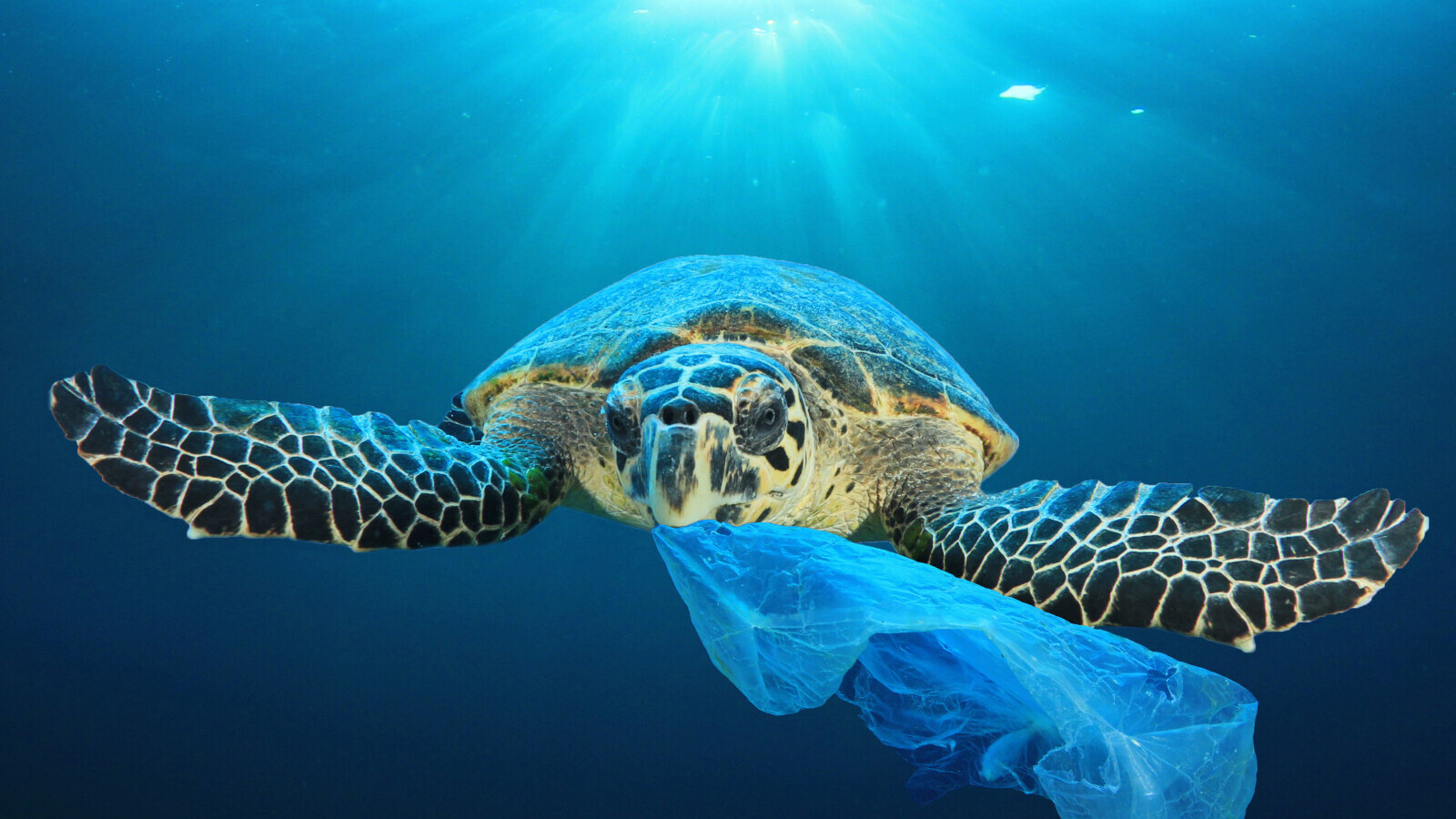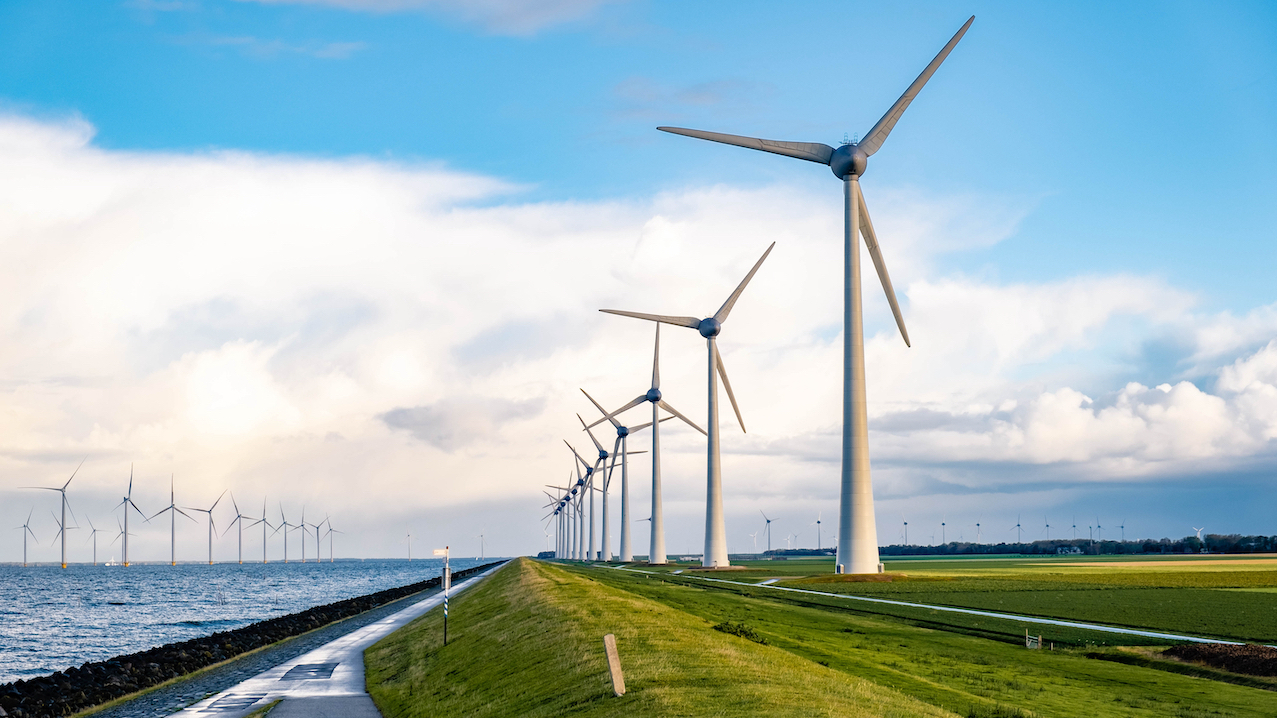Research suggests transitions in Africa could cost $2.8tn
Research and advocacy organisation Climate Policy Initiative (CPI) has published research which suggests that for African countries, the cost of implementing their nationally determined contributions (NDCs) between 2020 and 2030 is around $2.8tn. This significant climate finance need to meet NDCs will inevitably require a combination of domestic public finance and external support according to CPI. The research suggests that “while almost all African regions have expressed high needs, these could be underestimated due to a lack of capacity and guidance to make accurate assessments and a lack of data from subnational governments and vulnerable communities. Countries may not be able to provide as much domestic public finance as initially estimated given high debt levels amid unanticipated budgetary pressures — for example, from the COVID 19 crisis”.




